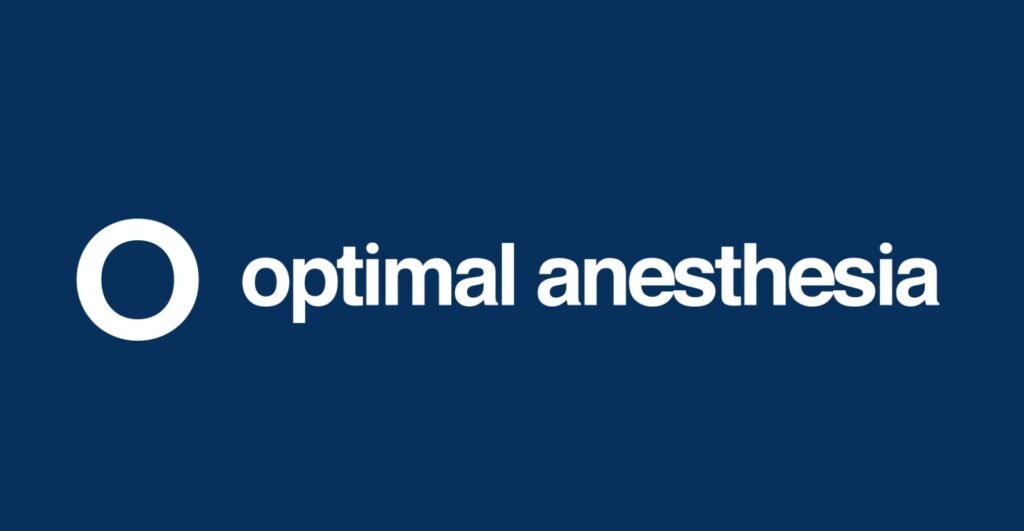Masseter muscle necrosis is a rare but significant complication during neurosurgical procedures involving motor-evoked potential (MEP) monitoring. For anesthesiologists, understanding the mechanisms, consequences, patient communication strategies, and preventive measures is vital to ensure optimal patient care.
Mechanism of Masseter Muscle Necrosis
Masseter muscle necrosis typically arises due to ischemic injury and prolonged stimulation. During MEP monitoring, repeated electrical stimulation can cause sustained contraction of the masseter muscle, leading to:
- Ischemia: Sustained contraction compresses intramuscular blood vessels, reducing blood flow and oxygen delivery to the muscle. Studies indicate that ischemia lasting over six hours can lead to irreversible muscle damage (Cheng, W. C., & Chen, Y. C. (2009). Bilateral myositis ossificans of the masseter muscle. The Kaohsiung Journal of Medical Sciences, 25(8), 441–446. https://doi.org/10.1016/S1607-551X(09)70555-8).
- Reperfusion Injury: Following ischemia, the sudden restoration of blood flow can lead to oxidative damage, as supported by inflammatory cascade mechanisms (Shen, X. et al. (2024). Preservation of masseter muscle until the end stage in a muscular dystrophy model. Scientific Reports, 14, 3457. https://doi.org/10.1038/s41598-024-74669-x).
- Energy Depletion: Prolonged contractions deplete adenosine triphosphate (ATP), impairing muscle cell function and initiating necrotic pathways (Kang, Y. et al. (2016). Physiological processes influencing motor-evoked potential duration. Frontiers in Neurology, 7, 123. https://doi.org/10.3389/fneur.2016.00123).
- Inflammatory Cascade: Muscle damage triggers an inflammatory response, exacerbating tissue injury through vascular permeability and edema (Nagai, M. et al. (2000). Histological study of masseter muscle in a mouse muscular dystrophy model. Acta Neuropathologica, 99, 37–44. https://doi.org/10.1007/s004010051106).
These mechanisms highlight the interplay between sustained stimulation and vascular compromise in masseter necrosis.
Consequences of Undiagnosed Masseter Necrosis
If masseter muscle necrosis remains undiagnosed, patients may experience severe long-term effects, including:
- Chronic Pain: Persistent localized pain may progress to myofascial pain syndrome, significantly affecting quality of life (Aoyagi, M. et al. (2024). Masseter muscle pressure injury: First report of a prone position. Journal of Oral and Maxillofacial Surgery, 82(1), 123–129. https://doi.org/10.1016/j.joms.2022.11.012).
- Functional Limitations: Necrosis can impair chewing, speaking, and jaw movement, potentially causing nutritional deficits (StatPearls Publishing LLC. (2023). Anatomy, head and neck, masseter muscle. Retrieved from https://www.ncbi.nlm.nih.gov/books/NBK36340/).
- Facial Asymmetry: Muscle atrophy or swelling may lead to visible facial deformities, impacting psychological well-being.
- Dental Issues: Altered jaw mechanics can result in malocclusion and an increased risk of dental complications.
- Infection Risk: Necrotic tissue is susceptible to secondary infections, complicating recovery and management.
Early recognition and intervention are crucial to mitigating these outcomes.
Communicating with Patients and Relatives
Effective communication with the patient’s relatives is essential to clarify the etiology when masseter muscle necrosis occurs during anaesthesia. To address concerns and maintain trust:
Explain the Cause:
- Begin by explaining the role of MEP monitoring in neurosurgical safety and how electrical stimulation of muscles, including the masseter, is part of the procedure.
- Clarify that the necrosis is not due to patient positioning, such as prone positioning during prolonged spine surgery, but rather a consequence of the muscle’s response to repeated stimulation.
Describe the Condition:
- Use simple terms to explain what muscle necrosis entails and the steps being taken to manage it.
- Reassure them that appropriate treatment will be provided to alleviate symptoms and restore function.
Emphasize Safety Protocols:
- Highlight that MEP monitoring is essential for preventing severe neurological complications and that every precaution is taken to minimize risks.
Acknowledge Their Concerns:
- Show empathy and address their questions to alleviate fears about the incident’s impact on the patient’s recovery.
Preventive Measures for Anesthesiologists
While the surgical and neurophysiology teams primarily manage MEP monitoring, anesthesiologists play a critical role in preventing masseter muscle necrosis. Strategies include:
Optimizing Neuromuscular Blockade:
- Administer short-acting neuromuscular blocking agents during phases of the procedure that do not require MEP monitoring to minimize involuntary muscle contractions (Sloan, T. B. et al. (2007). Current approach on spinal cord monitoring. Anesthesia and Analgesia, 104(6), 1280–1291. https://doi.org/10.1213/01.ane.0000261303.20308.a3).
Monitoring Stimulation Parameters:
- Collaborate with the neurophysiology team to ensure that stimulation intensity and frequency are kept as low as possible while maintaining effective monitoring.
Implementing Breaks:
- Advocate for periodic relaxation of stimulated muscles to restore blood flow and prevent ischemic injury.
Vigilance in Positioning:
- Ensure proper padding and positioning to avoid additional compressive forces that could exacerbate ischemia.
Early Detection and Management:
- Monitor for signs of muscle swelling or dysfunction postoperatively, and promptly initiate diagnostic imaging if necrosis is suspected.
Comprehensive Documentation:
- Maintain detailed records of MEP monitoring parameters and intraoperative events to facilitate postoperative care and communication.
Conclusion
Masseter muscle necrosis is a rare but preventable complication associated with MEP monitoring. Anesthesiologists can minimize risks by optimizing neuromuscular management, ensuring collaboration with the neurophysiology team, and maintaining vigilance during and after surgery. Clear communication with patients and relatives is essential to address concerns and emphasize the importance of MEP monitoring in ensuring overall surgical safety. Proactive prevention and timely intervention can significantly enhance patient outcomes, underscoring the anesthesiologist’s pivotal role in multidisciplinary care.


